Interview: Formafantasma Studio
The Netherlands-based, Italian “design bastards” put together their entire body of work for a solo exhibition

by Stefano Caggiano
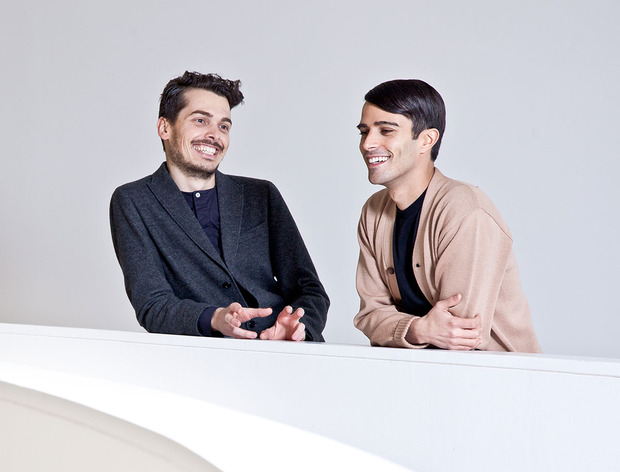
Formafantasma—a studio based in Eindhoven, Netherlands—is run by Italian designers Andrea Trimarchi and Simone Ferrasin, who have become famous over the past few years for their alchemical approach to design and their use of live materials such as sea sponge and natural resins. The duo began working together during their university studies; now their work bends the barriers and ventures into strange and fascinating realms.
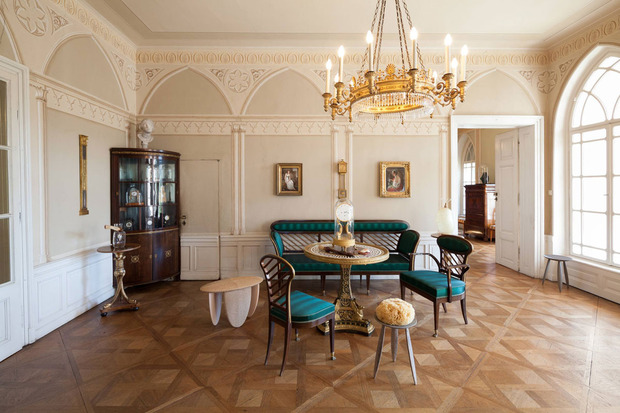
From today until 1 December 2013, the MAK Museum in Vienna is presenting the duo’s first solo exhibition under the title “The Stranger Within.” Trimarchi and Ferrasin spoke with CH about their work, their philosophy and the differences between Italian and Dutch approaches to design.
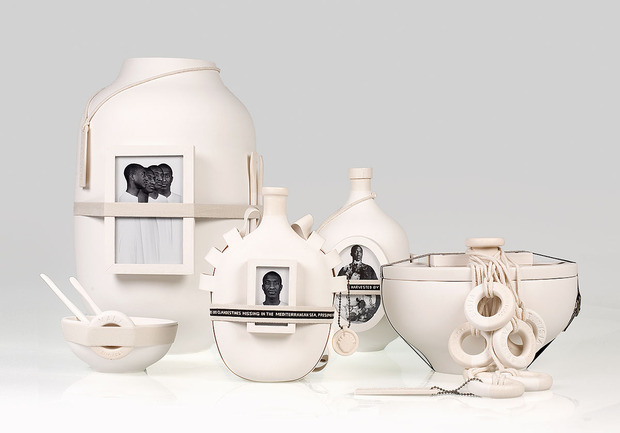
You’re Italian, but you based your studio in the Netherlands. Why did you move there?
We decided to move to the Netherlands to study at the Design Academy in Eindhoven. There, we applied with a shared portfolio—we wanted to be accepted as a team and not as singular students. We decided to study there because we felt that, since the ’90s with Droog, the design scene in the Netherlands was more exciting than in Italy. There, we felt that our generation of designers could have a voice without the dogmas left by years of glorious design like in Italy. This was totally the best choice of our lives. Though this doesn’t mean we will live there forever, nor that we will move back to Italy.
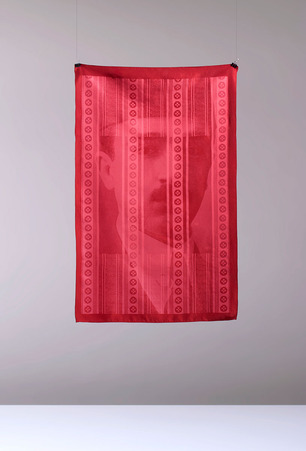
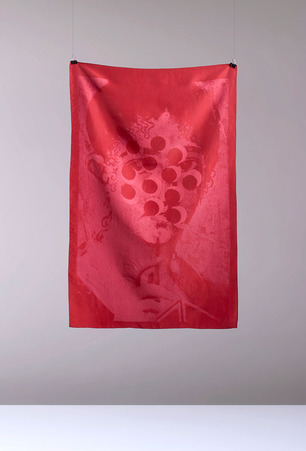
What is the main difference between the Italian and Dutch approaches to design?
The Italian way of approaching design is the opposite of the Dutch—where industrial production is an option and not the main means. Being Italian and working in Holland offers us the opportunity to investigate these differences, but with the option of not necessarily labeling our work with the narrow definitions of Italian or Dutch design.
So, how much much of your work is clearly Italian and how much is Dutch?
We are really not interested in this idea of looking at design from a national perspective. We feel this is limiting design. We are Italian-born but living and working in the Netherlands. We are design bastards and really confident in our ambiguous status.


You have often worked as modern alchemists—using biological materials such as sea sponge, polymers derived from natural resins and animal particles. What is your relationship with 3D printing?
At the moment we are working with 3D printing, so we guess our relationship with it is quite good. What we like is that in most cases, molds are useless and products can be customized or reduced into numbers. It offers production possibilities similar to craft, where the product can be custom-made. We think this is an exciting time because we believe digital technologies will change the way products will be produced, sold and consumed. On the other side, when new technological possibilities are offered, there is always a group of people who enthusiastically believe that this will somehow save the world. As Alessandro Mendini mentioned in an interview accompanying his wonderful exhibition at the Triennale Design Museum in Milan, “Quali cose siamo“—a utopian idea should always be human, never based on technologies.
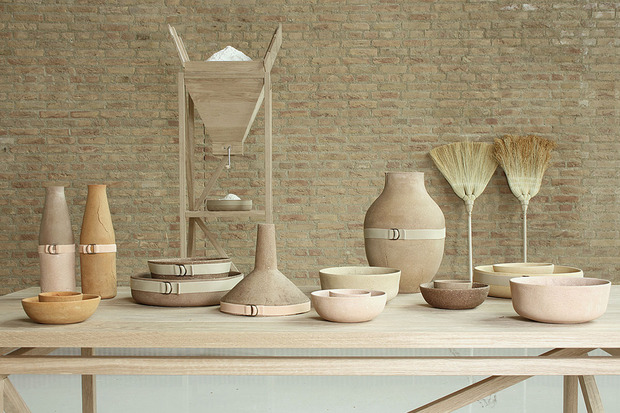
How do you combine your very experimental research with everyday business?
We opened our studio a few years ago and of course this is still an open question. Despite this, you also have to remember that furniture design is a really complex business where the system of royalties isn’t working anymore. In the past, when the market was less global and the designer-company relationship was long-lasting, royalties were great. Now the numbers aren’t what they used to be and designers are often not payed for the design development. Considering this, when we started working, instead of trying to fit industrial production and the market, we radicalized our approach. If you are a young designer, you have nothing to lose. So why compromise?

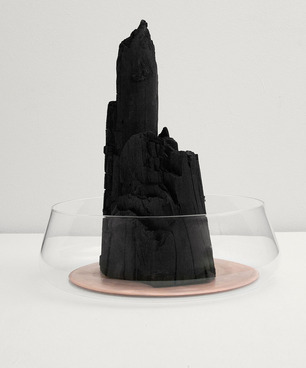
According to your name, form is a ghost. What do you mean by that?
We started using this name when we were doing more illustrations, and in time we got used to it. Apart from the emotional attachment, the name Formafantasma—literally “ghost-shape”—suggests research design driven by an element that goes beyond the formal aspects, as in our projects “Moulding Tradition” or “Botanica.” The form is a consequence of a process and it can change according to different concepts. Basically, it points out how our design is not formal but concept-driven.
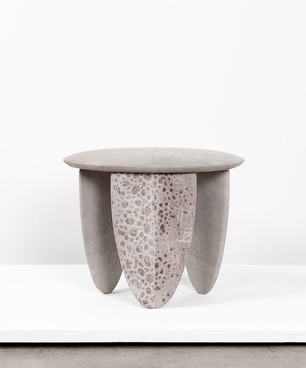
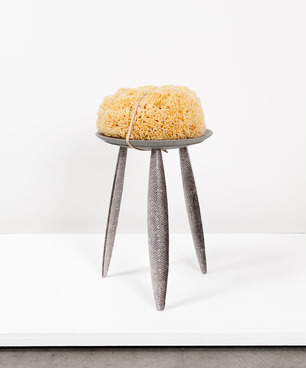
How do you usually get started and get on with developing a project?
Every project is a different experience. The starting point can be a material sample or a concept that comes out during the development of a previous project. Usually one of us gives first input and then we immediately start working together—in discussion for hours. We are not the type of designers that spend most of their time sketching forms. That is the last step. We start from a concept and we later create an archive of images and texts that help us to communicate our point of view on the subject. Most of the time we collect similar images—that means we are going in the right direction and have understood each other. The first maquette is almost a magical moment. We always find objects in our house or studio that we can use, stacked or attached to check the first proportions. To have the first 3D translation of all the time we have spent discussing and arguing—that is an exciting moment. We learned that this is quite unusual for designers, but often we write about our work in the middle of the process to refine our thinking and identify any weaknesses.
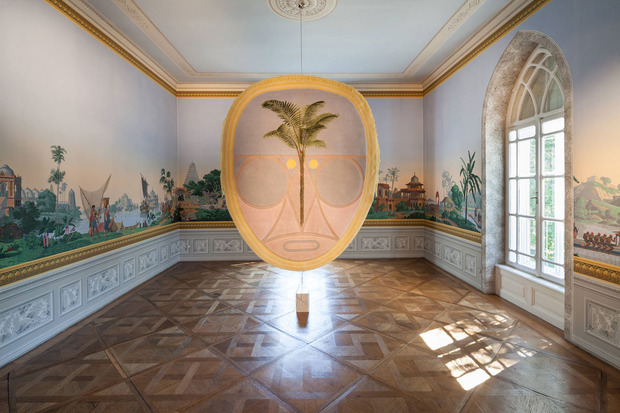
With the path to your first solo exhibition “The Stranger Within” in mind, how would you judge it?
We have been asked by Thomas Geisler, curator at the MAK Museum for Applied Arts in Vienna, to make a site-specific installation at the Geymüller Schlössl, a summer house built in 1808 for the Viennese merchant Johan Jakob Geymüller, furnished with authentic furniture of the so-called “biedermeier” style. The installation is presenting both old and new works specifically developed and subtly added to the interior—almost as part of the original furnishing. The title “The Stranger Within” is both describing the position of our work (strangers in the house) and also an approach to the exotic, where the diverse and unknown aren’t far off, but are indeed closer than expected. The exotic appearances and references of the objects exhibited are not the expression of other cultures but more the re-thinking of the local, the known and the past. Our work is often about revisiting techniques, crafts and materials, as well as drawing inspiration from the pre-industrial and natural resources, in a process where the mundane, the discarded and the local are re-elaborated in search for contemporary meanings. What is nice—when you are commissioned to do an exhibition like this one—is that you can look at your work as a whole for the first time. It is refreshing and surprising. You realize that through working, you are sculpting a precise idea of where you stand as a designer—and at the moment we can say we like where we are.
Images courtesy of Formafantasma and Katrin Wißkirchen for MAK












